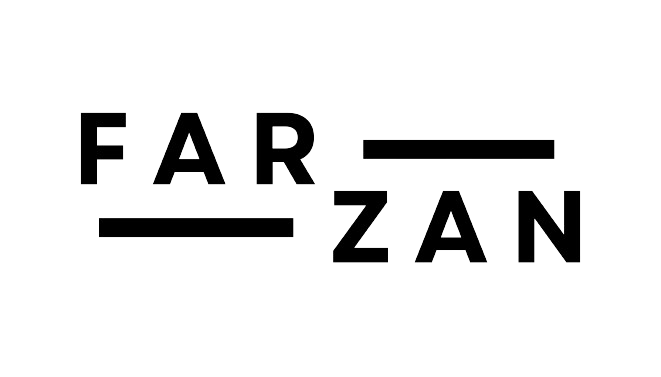Dad and mom seem a bit worry whenever my anterior / frontal fontanel (Indonesian, ubun-ubun) makes a movement every now and then. Today the frontal fontanelle make a move again.
They wonder if fontanel movement in five month old a baby like me is normal. To be more clear, is it good for my well-being?
Says Dr Greene, "the anterior fontanel, or soft spot on a baby's skull, is a cause of concern for many parents. Elsewhere, the baby's brain is protected by a wall of bone; here only soft, squishy tissue separates the brain from the traumas of the outside world."
Tina Dede of Helium.com says:
The anterior fontanel, or "soft spot" on top of an infant's head is the space between the bony plates of the skull that have not yet fused together. It measures about 1 inch in width and length, and tends to become a little larger before it begins to close. At no point should it be larger than 2" x 2". Being born without the skull completely fused leaves room for the baby's brain to grow.
Without this open area, brain damage, retardation, or death could occur as the brain develops
Can it be touched?
Yes, it can. But with exreme care. "Common sense dictates that nothing hard or heavy puts pressure on a baby's head, but the head is quite safe to touch, including the soft spot. Hair may also be washed and brushed without fear of damaging the area."
Is my Fontanel healthy?
To assess the health of your baby's fontanel, look and feel for smoothness. Is the fontanel flat or bulging? If the space is bulging, it is a dangerous sign of pressure building up on the brain and the baby must be seen by a doctor. Even a mild fullness can be a sign of pressure.
Wikipedia explains more vividly:
A fontanelle (or fontanel) is an anatomical feature on an infant's skull. Fontanelles are soft spots on a baby's head which, during birth, enable the bony plates of the skull to flex, allowing the child's head to pass through the birth canal. The ossification of the bones of the skull cause the fontanelles to close over by a child's second birthday. The closures eventually form the sutures of the neurocranium. Although there are the two anterior and posterior fontanelles, there are two more fontanelles of interest, the mastoid fontanelle, and the sphenoidal fontanelle.
The skull of a newborn consists of five main bones: two frontal bones, two parietal bones, and one occipital bone. These are joined by fibrous sutures, which allow movement that facilitates childbirth and brain growth. At birth, the skull features a small posterior fontanelle, an open area covered by a tough membrane, where the two parietal bones adjoin the occipital bone (at the lambda). This fontanelle usually closes during the first several months of an infant's life.
Sources:
1. Drgreene.com
2. Helium.com
3. Wikipedia.org
Picture of skull and fontanelle (courtesy, wikipedia)


